Meal prepping is a powerful strategy for maintaining a healthy diet, managing time efficiently, and making mindful food choices. By planning and preparing meals in advance, you can ensure balanced nutrition, control portion sizes, and reduce the temptation of less healthy, last-minute food options. This comprehensive guide delves into current healthy meal prep ideas, highlights foods to embrace and avoid, discusses safe and sustainable packaging alternatives to plastic, emphasizes the importance of monitoring calorie and sugar intake, and incorporates insights from recent health trends and news.
1. Embracing Healthy Meal Prep
Healthy meal prepping involves preparing meals ahead of time to ensure a balanced intake of nutrients throughout the week. This practice not only saves time but also supports dietary goals and reduces food waste. Key components of a healthy meal prep include:
- Lean Proteins: Incorporate sources like chicken breast, turkey, tofu, legumes, and fish rich in omega-3 fatty acids.
- Whole Grains: Opt for quinoa, brown rice, whole wheat pasta, and oats to provide sustained energy.
- Fruits and Vegetables: Ensure a colorful array of produce to supply essential vitamins, minerals, and fiber.
- Healthy Fats: Include avocados, nuts, seeds, and olive oil for heart health and satiety.
For instance, a One-Pot Mediterranean Diet Dinner like "Marry Me Chickpea Soup with Kale" combines chickpeas, rich in protein and fiber, with nutrient-dense kale, offering a convenient and nutritious meal.
2. Foods to Embrace and Avoid
Making informed food choices is crucial for optimal health.
Foods to Embrace:
- High-Fiber Foods: Aid digestion and provide a feeling of fullness. Examples include lentils, beans, and whole grains.
- Antioxidant-Rich Foods: Berries, nuts, and dark leafy greens help combat oxidative stress.
- Fermented Foods: Items like yogurt and kimchi promote a healthy gut microbiome.
Foods to Avoid or Limit:
- Processed Foods: Often high in unhealthy fats, sugars, and sodium.
- Sugary Beverages: Contribute to excessive calorie intake without nutritional benefits.
- Refined Grains: Lack fiber and can cause rapid spikes in blood sugar levels.
Recent studies have also highlighted the potential risks associated with consuming food from plastic containers, linking them to increased heart failure risk due to chemicals leaching into food and affecting gut health.
3. Sustainable and Safe Meal Packaging
Choosing appropriate containers is vital for both health and environmental reasons. Avoiding plastics, especially when storing hot or acidic foods, can prevent chemical leaching. Consider the following alternatives:
- Glass Containers: Durable, non-reactive, and microwave-safe, making them ideal for meal storage.
- Stainless Steel: Lightweight and durable, suitable for both hot and cold foods.
- Bamboo: A renewable resource, bamboo containers are biodegradable and stylish.
- Beeswax Wraps: Reusable wraps made from cotton infused with beeswax, suitable for covering bowls or wrapping sandwiches.
- Compostable Materials: Products made from bagasse (sugarcane fiber) are sturdy and eco-friendly.
It's important to note that while compostable packaging is a positive step, the availability of industrial composting facilities is limited, which can hinder the effective breakdown of these materials.
4. Monitoring Calorie and Sugar Intake
Being mindful of calorie and sugar consumption is essential for maintaining a healthy weight and preventing chronic diseases.
- Calorie Control: Tailor meal portions to individual energy needs, considering factors like age, gender, and activity level.
- Reducing Added Sugars: Limit foods with high added sugar content, such as candies, pastries, and sugary drinks.
Incorporating naturally sweet foods like fruits can satisfy sweet cravings while providing additional nutrients and fiber.
5. Incorporating Current Healthy Eating Trends
Staying updated with current health trends can enhance meal prepping strategies.
- High-Protein Breakfasts: Starting the day with protein-rich meals can aid in satiety and muscle maintenance. For example, an Overnight Quinoa Pudding offers a balance of protein, fiber, and healthy fats. Protein shakes are a quick and easy meal that offers 20 grams or more of protein to start your day.
- Plant-Based Meals: Incorporating more plant-based dishes can improve health and support environmental sustainability. Recipes like a Chopped Kale Caesar Salad provide nutrients and flavor. Plant protein shakes are a good alternative for the on-the-go parent to ensure quality protein intake.
- Quick and Easy Dinners: For busy individuals, meals that can be prepared in under 30 minutes, such as Sheet-Pan Sweet Potato Nachos, offer convenience without compromising nutrition.
6. Practical Meal Prep Tips
To effectively implement healthy meal prepping:
- Plan Ahead: Create a weekly menu and shopping list to streamline the process.
- Batch Cooking: Prepare large quantities of staples like grains and proteins to mix and match throughout the week.
- Portion Control: Use appropriately sized containers to manage serving sizes and prevent overeating.
- Diversify Recipes: Rotate different cuisines and ingredients to prevent meal fatigue and ensure a range of nutrients.
- Invest in Quality Storage: Durable, leak-proof containers maintain
Meal prepping is more than just a strategy for healthy eating—it is a practical approach to managing time, budget, and overall well-being. Planning meals in advance helps reduce stress, eliminates the need for last-minute unhealthy choices, and ensures a balanced diet. It also saves time during busy weekdays, supports nutrition goals, and minimizes food waste. Having pre-prepared meals readily available makes it easier to stay consistent with healthy eating habits. By starting with small, manageable steps, meal prepping can become an efficient and rewarding routine that promotes a more organized and healthier lifestyle.


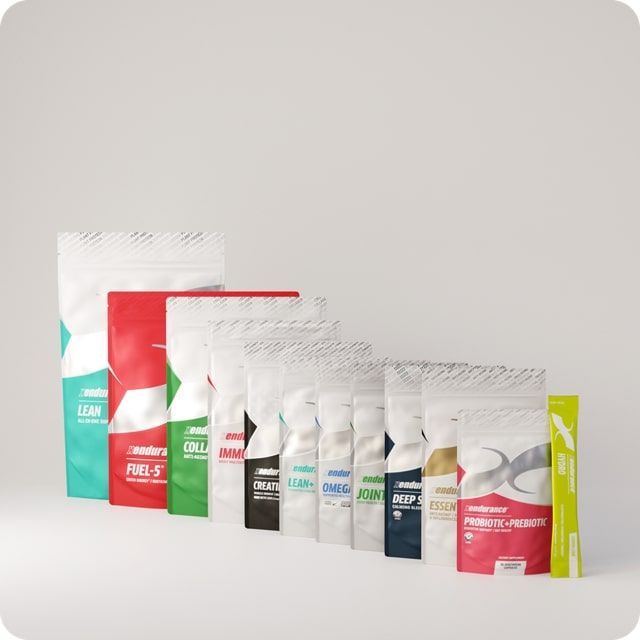
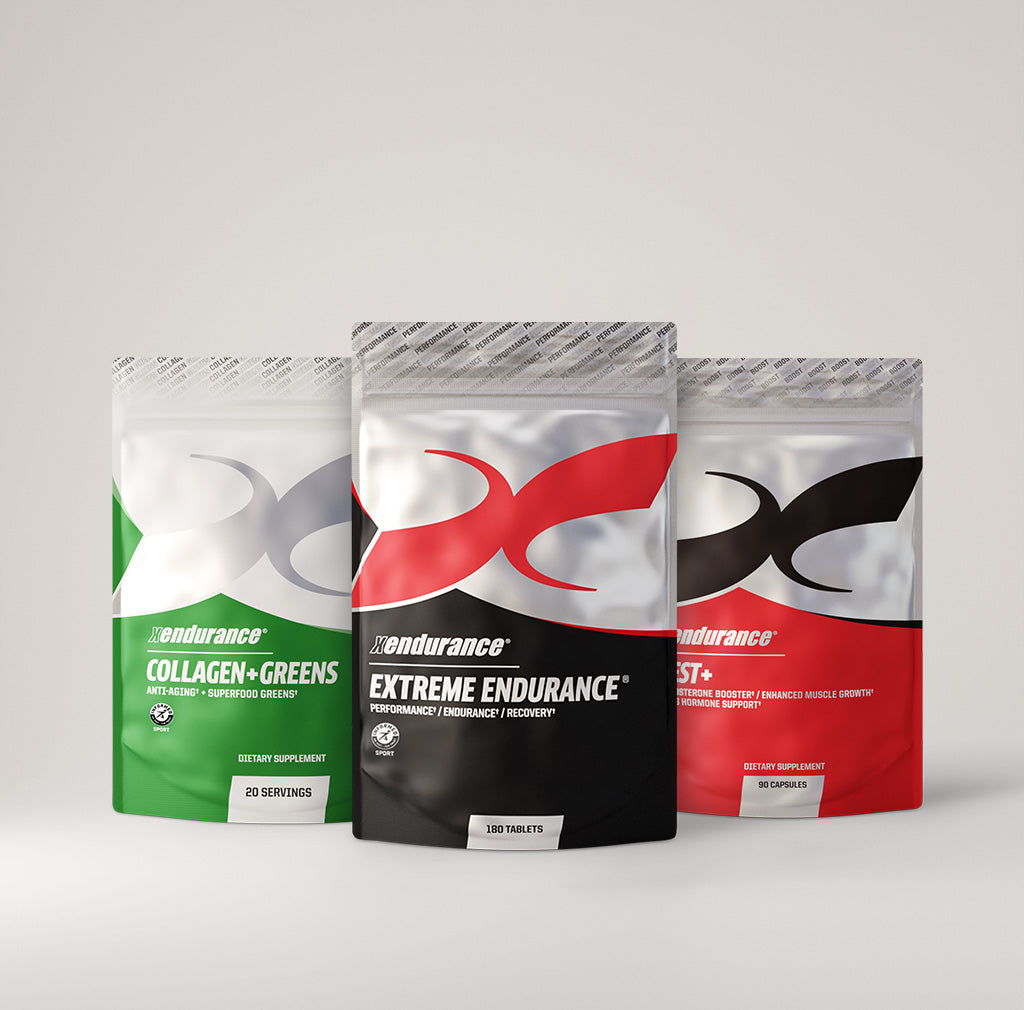
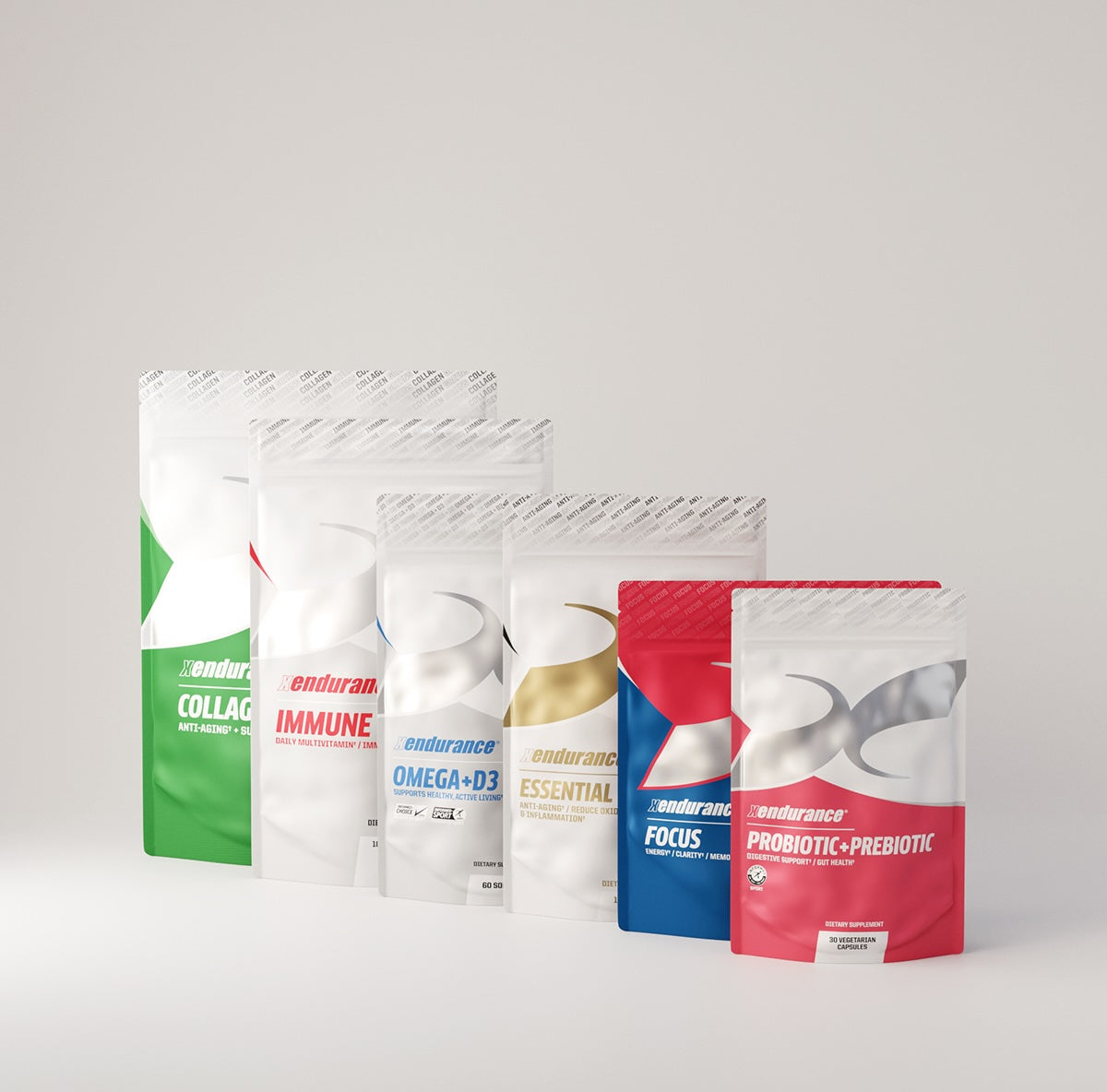
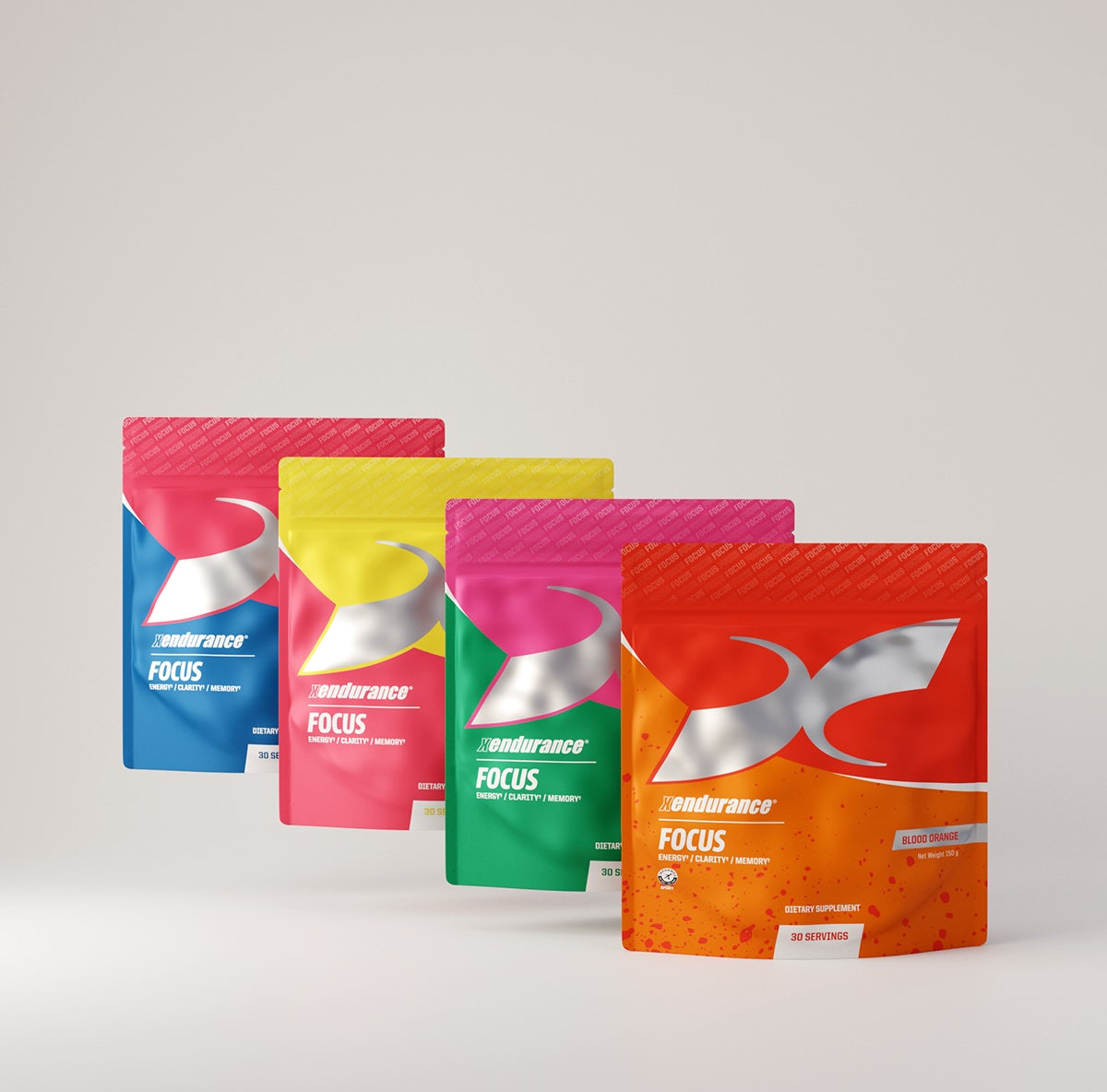
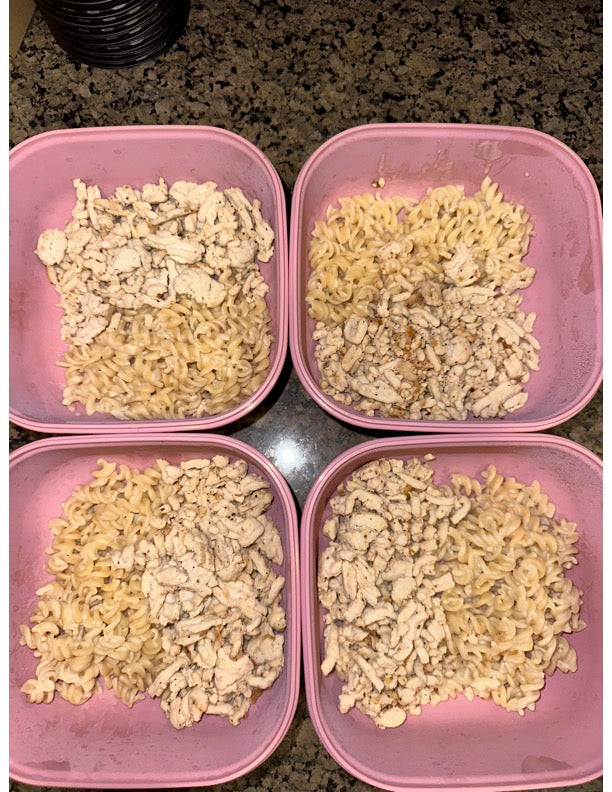


Leave a comment
This site is protected by hCaptcha and the hCaptcha Privacy Policy and Terms of Service apply.